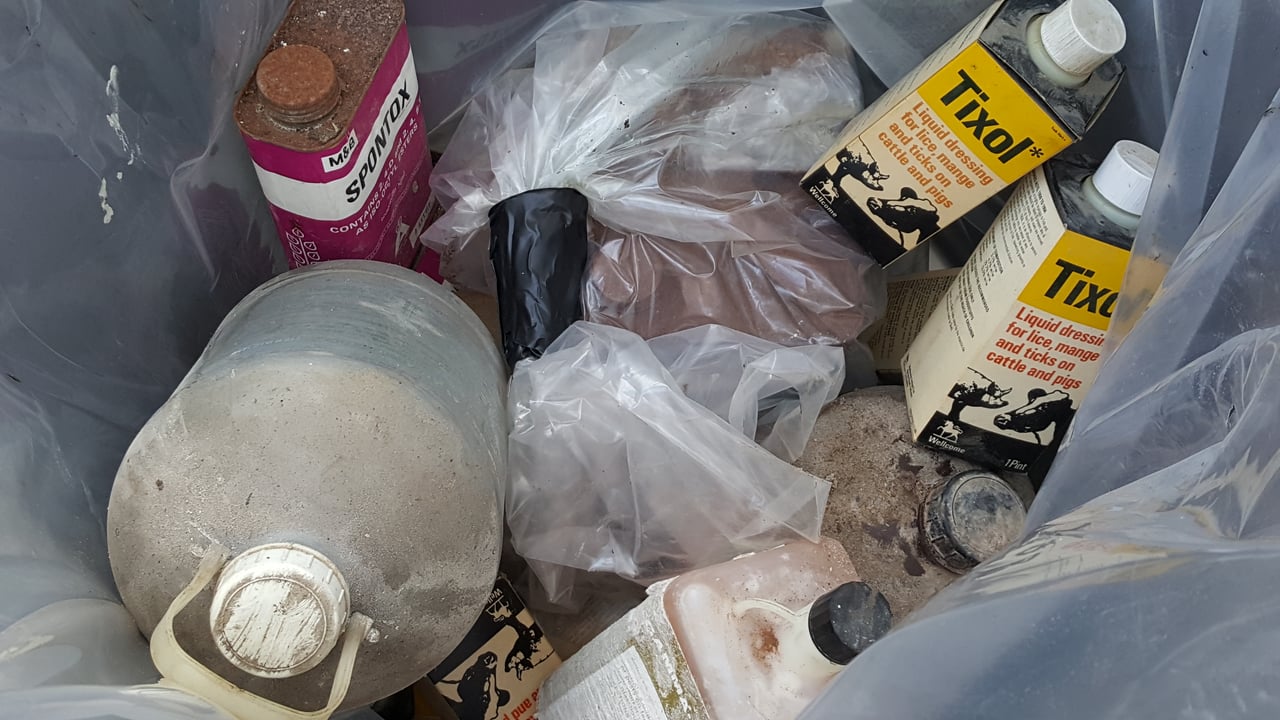EPA publishes plan to deal with farm and hazardous waste
The Environmental Protection Agency (EPA) has today (Friday, July 16) published the draft National Hazardous Waste Management Plan 2001-2007 and associated Strategic Environmental Assessment and Appropriate Assessment.
These documents are now open for public consultation until September 17, 2021.
The objectives of the draft National Hazardous Waste Management Plan 2021 - 2027 are to:
Laura Burke, director general of the EPA said: “The purpose of the National Hazardous Waste Management Plan is to protect the environment and human health, through promoting awareness, driving prevention and advocating for best-practice management of hazardous wastes.
"This draft plan sets a range of recommended and coordinated actions across a range of stakeholders to raise awareness, prevent hazardous waste and improve the collection network for hazardous waste.”
The EPA said that while progress has been made based on the actions from the previous plan, there are still many challenges such as the increasing trend in hazardous waste generated, inadequate collection systems for certain hazardous wastes and the over-reliance on export.
Mary Frances Rochford, programme manager, EPA Office of Environmental Sustainability said: “Moving to a less wasteful and circular economy where the focus is waste prevention, reuse and recycling is an important element of the plan.
"These hazardous materials can pose significant risks to human health and the environment if they are not properly used and managed," she added.
“Actions within the plan are wide ranging and include supporting the move to a less wasteful and circular economy including those that support awareness about the risks associated with using and storing hazardous substances.
Hazardous waste is produced from a wide variety of sources and covers many waste types.
Industry is the largest generator of hazardous waste in Ireland, producing solvents, sludges, oils and chemicals.
However, other sectors such as businesses, construction, healthcare, waste incinerators, farms and households also produce a range of hazardous wastes, including paints, oils, batteries, pesticides and asbestos and contaminated soil.





